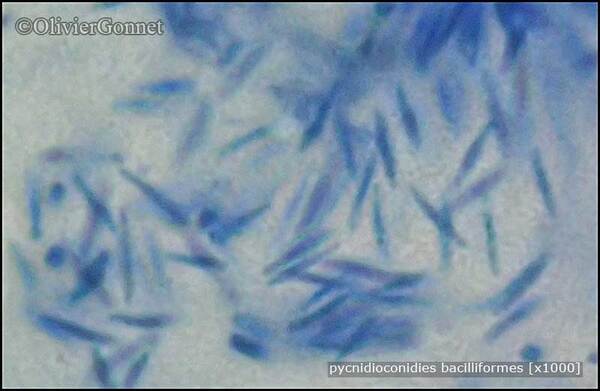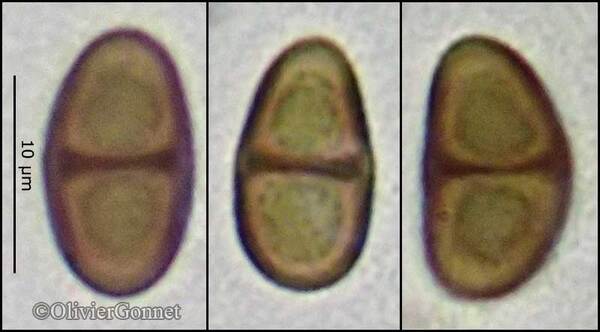Buellia sardiniensis J. Steiner
Verh. zool.-bot. Ges. Wien, 57: 348, 1907.
Synonyms: Buellia lusitanica J. Steiner
Distribution: C - Tosc, Sar (Scheidegger 1993). S - Si.
Description: Thallus crustose, episubstratic, thin to thick, rimose to areolate or bullate, white, forming patches to more than 5 cm in diam. Medulla white, I+ blue. Apothecia lecideine, black, 0.4-0.8 mm across, sessile and constricted at base, with a flat to convex, epruinose disc, and a thick, prominent proper margin. Proper exciple Leptocline-type, homogeneously dark brown, with an additional orange pigment reacting K+ reddish (solution), the inner part of long-celled, interwoven hyphae, the outer part of long-celled, parallel, strongly agglutinated and thick-walled hyphae; epithecium brown; hymenium colourless c. 100 µm high, not inspersed with oil droplets; hypothecium dark reddish brown. Asci 8-spored, clavate to cylindrical-clavate, the apical dome K/I+ dark blue with a pale, conical-pointed apical cushion (axial mass), the wall I-, but the thin outer gel I+ blue, Bacidia-type. Ascospores 1-septate, constricted at septum, brown, oblong, 13-15 x 6-7 µm, Physconia-type, with a microrugulate ornamentation. Pycnidia black, immersed. Conidia bacilliform, 6-5-8 µm long. Photobiont chlorococcoid. Spot tests: K+ yellow turning red, C- or C+ fleeting pink, KC- or KC+ fleeting pink, P- or P+ yellow. Chemistry: atranorin, gyrophoric, norstictic and connorstictic acids.Note: a mainly Mediterranean lichen found on hard siliceous rocks in warm-dry, but rather shaded situations (e.g. on north-facing surfaces), both in maritime and inland habitats; related to B. saxorum, but with a different chemistry.
Growth form: Crustose
Substrata: rocks
Photobiont: green algae other than Trentepohlia
Reproductive strategy: mainly sexual
Commonnes-rarity: (info)
Alpine belt: absent
Subalpine belt: absent
Oromediterranean belt: absent
Montane belt: absent
Submediterranean belt: absent
Padanian area: absent
Humid submediterranean belt: extremely rare
Humid mediterranean belt: extremely rare
Dry mediterranean belt: very rare

Predictive model
Herbarium samples
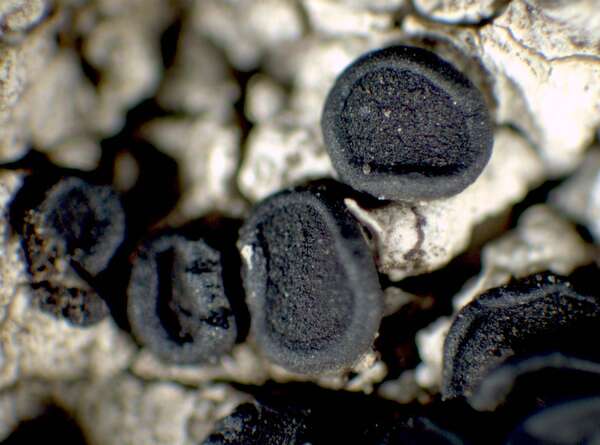

P.L. Nimis; Owner: Department of Life Sciences, University of Trieste
Herbarium: TSB (13038b)
2001/11/22
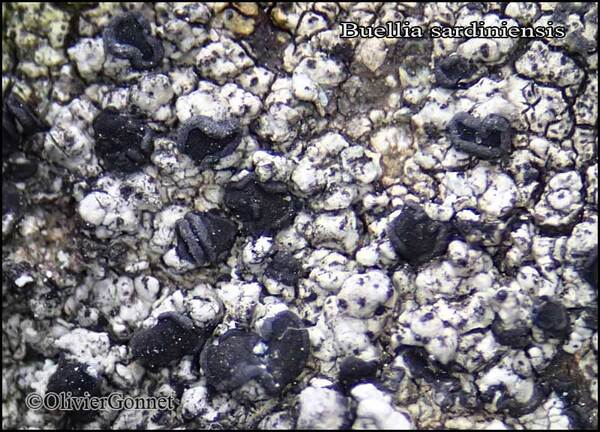
Courtesy Danièle et Olivier Gonnet - Source: https://www.afl-lichenologie.fr/Photos_AFL/Photos_AFL_B/Textes_B2/Buellia_sardiniensis.htm
France, Valle di Rostino, alt. 161 m - Corse
10/10/2014
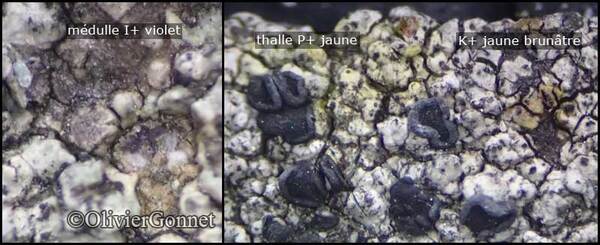
Courtesy Danièle et Olivier Gonnet - Source: https://www.afl-lichenologie.fr/Photos_AFL/Photos_AFL_B/Textes_B2/Buellia_sardiniensis.htm
France, Valle di Rostino, alt. 161 m - Corse
10/10/2014
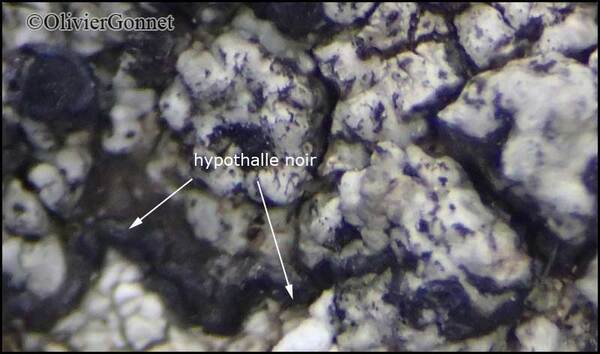
Courtesy Danièle et Olivier Gonnet - Source: https://www.afl-lichenologie.fr/Photos_AFL/Photos_AFL_B/Textes_B2/Buellia_sardiniensis.htm
France, Valle di Rostino, alt. 161 m - Corse
10/10/2014
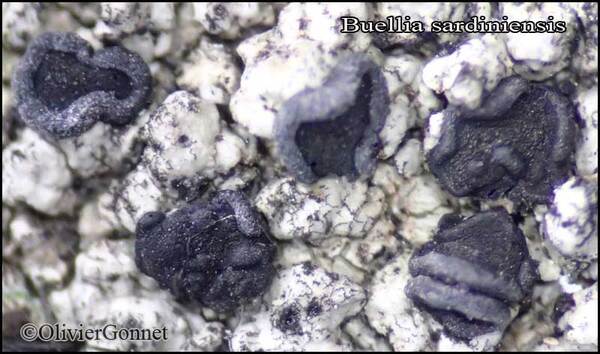
Courtesy Danièle et Olivier Gonnet - Source: https://www.afl-lichenologie.fr/Photos_AFL/Photos_AFL_B/Textes_B2/Buellia_sardiniensis.htm
France, Valle di Rostino, alt. 161 m - Corse
10/10/2014
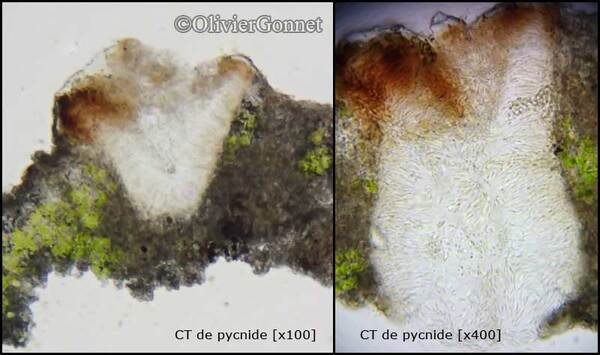
Courtesy Danièle et Olivier Gonnet - Source: https://www.afl-lichenologie.fr/Photos_AFL/Photos_AFL_B/Textes_B2/Buellia_sardiniensis.htm
France, Valle di Rostino, alt. 161 m - Corse
10/10/2014
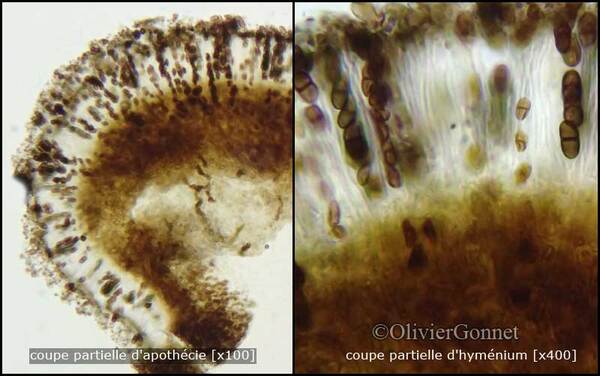
Courtesy Danièle et Olivier Gonnet - Source: https://www.afl-lichenologie.fr/Photos_AFL/Photos_AFL_B/Textes_B2/Buellia_sardiniensis.htm
France, Valle di Rostino, alt. 161 m - Corse
10/10/2014
Growth form: Crustose
Substrata: rocks
Photobiont: green algae other than Trentepohlia
Reproductive strategy: mainly sexual
Commonnes-rarity: (info)
Alpine belt: absent
Subalpine belt: absent
Oromediterranean belt: absent
Montane belt: absent
Submediterranean belt: absent
Padanian area: absent
Humid submediterranean belt: extremely rare
Humid mediterranean belt: extremely rare
Dry mediterranean belt: very rare

Predictive model
| Herbarium samples |


P.L. Nimis; Owner: Department of Life Sciences, University of Trieste
Herbarium: TSB (13038b)
2001/11/22

Courtesy Danièle et Olivier Gonnet - Source: https://www.afl-lichenologie.fr/Photos_AFL/Photos_AFL_B/Textes_B2/Buellia_sardiniensis.htm
France, Valle di Rostino, alt. 161 m - Corse
10/10/2014

Courtesy Danièle et Olivier Gonnet - Source: https://www.afl-lichenologie.fr/Photos_AFL/Photos_AFL_B/Textes_B2/Buellia_sardiniensis.htm
France, Valle di Rostino, alt. 161 m - Corse
10/10/2014

Courtesy Danièle et Olivier Gonnet - Source: https://www.afl-lichenologie.fr/Photos_AFL/Photos_AFL_B/Textes_B2/Buellia_sardiniensis.htm
France, Valle di Rostino, alt. 161 m - Corse
10/10/2014

Courtesy Danièle et Olivier Gonnet - Source: https://www.afl-lichenologie.fr/Photos_AFL/Photos_AFL_B/Textes_B2/Buellia_sardiniensis.htm
France, Valle di Rostino, alt. 161 m - Corse
10/10/2014

Courtesy Danièle et Olivier Gonnet - Source: https://www.afl-lichenologie.fr/Photos_AFL/Photos_AFL_B/Textes_B2/Buellia_sardiniensis.htm
France, Valle di Rostino, alt. 161 m - Corse
10/10/2014

 INDEX FUNGORUM
INDEX FUNGORUM
 GBIF
GBIF
